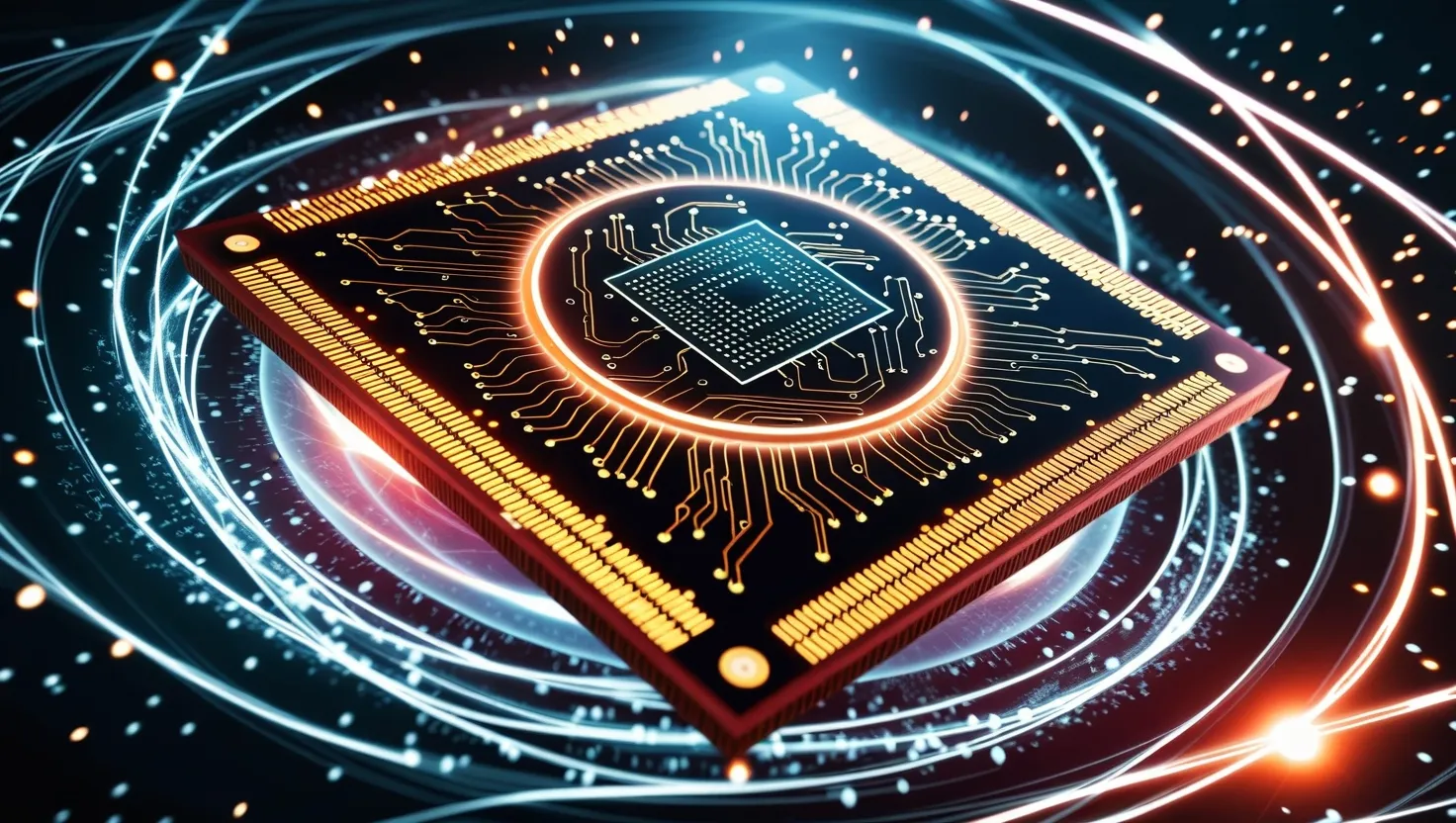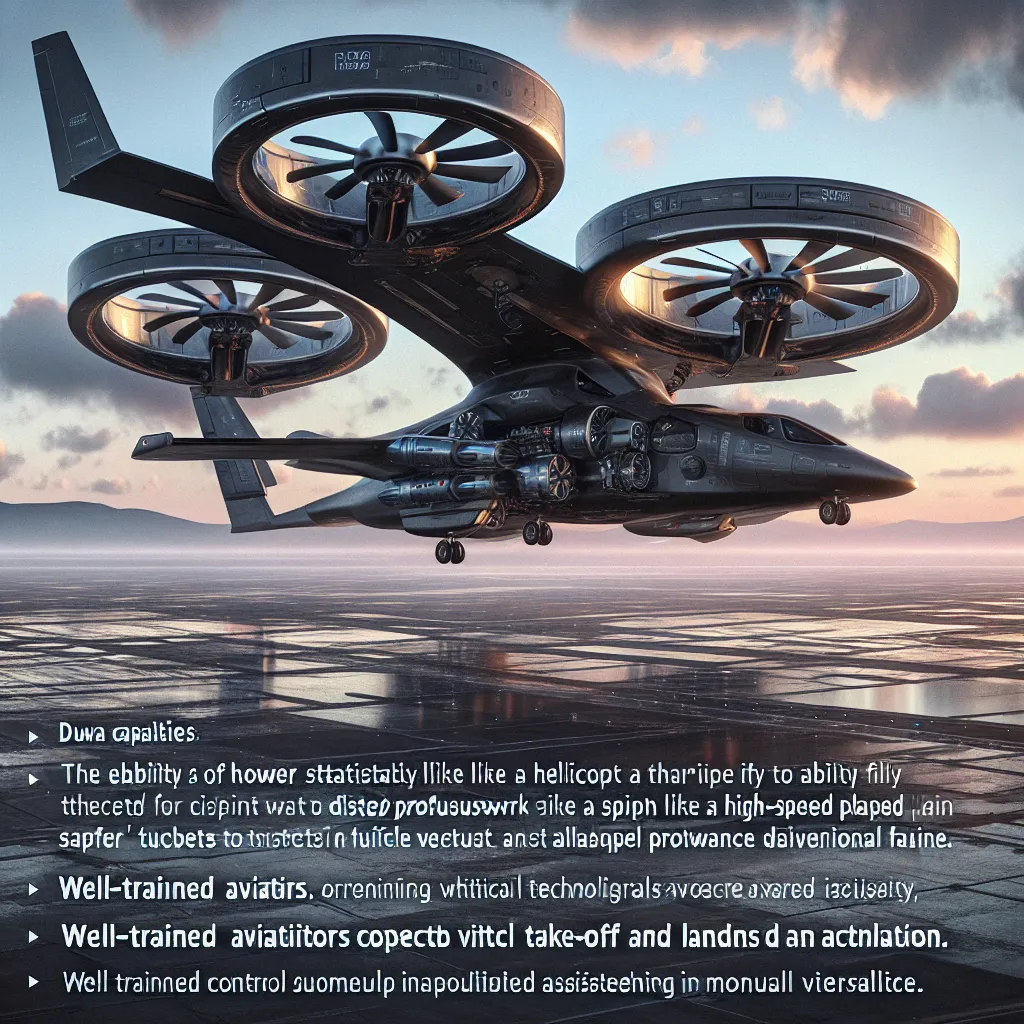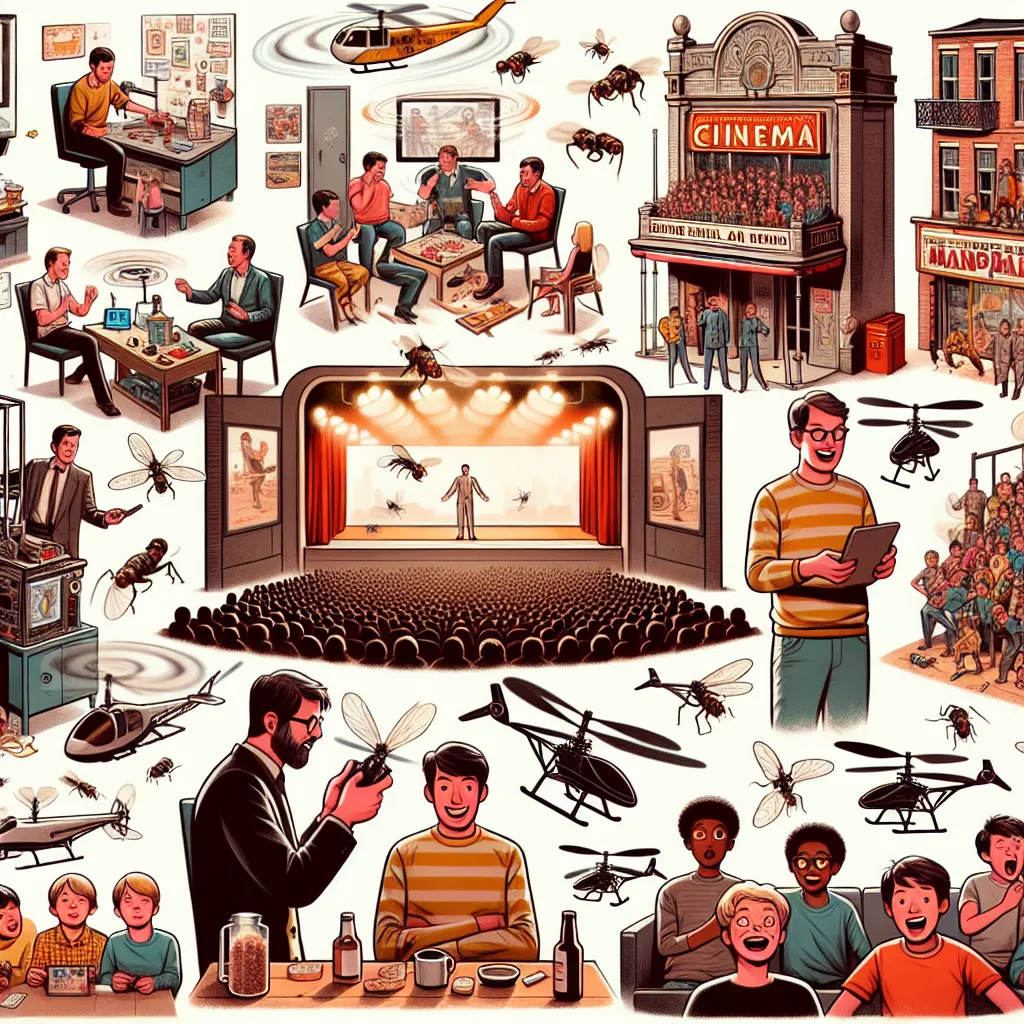The Cassini-Huygens space probe embarked on a seven-year journey to Saturn, aiming to make history by landing on Titan, one of Saturn’s moons. If all went according to plan, Huygens would be the first probe ever to touch down on a body in the outer solar system. The mission required Huygens to send data from Titan’s surface back to the Cassini mothership, which would then relay the information to Earth.
But before these feats, Cassini and Huygens needed to navigate Saturn’s treacherous rings. Composed of billions of pieces of rock and ice ranging from dust grains to the size of houses, these rings presented a deadly obstacle. Saturn, with a mass 95 times that of Earth, captures many objects in its gravity, forming these magnificent yet hazardous rings. To reach Titan, Cassini-Huygens had to fly through the narrow gap between the F and G rings, using its main antenna as a shield.
On June 30, 2004, Cassini prepared to enter Saturn’s orbit. Nerves were high at mission control; millions of dollars and careers were on the line. Cassini rotated its giant antenna and headed toward the gap. After 19 tense minutes, a signal confirmed that the spacecraft had survived. Cassini was hit about half a million times by tiny particles but remained functional.
Next, it was time for Cassini to release Huygens toward Titan. On January 14, 2005, Huygens entered Titan’s thick, foggy atmosphere. Equipped with a camera, the probe aimed to capture the first images of this mysterious moon. Unlike Mars landers, Huygens used parachutes to slow its descent. The team faced anxious hours waiting for confirmation that Huygens had safely landed.
Unexpectedly, an hour after the landing, a telescope tracking Cassini picked up a faint signal directly from Huygens. It was a miraculous moment; Huygens was alive and well on Titan’s surface, transmitting back to Earth. The probe became the first to land on a celestial body in the outer solar system.
Three hours later, mission control began receiving actual data from Huygens. The first images of Titan’s surface showed a landscape eerily similar to parts of Earth, despite the camera’s low resolution. These rocky landscapes, however, were composed of ice instead of stone. Cassini’s infrared cameras revealed that Titan’s surface had undergone geological processes similar to Earth’s, such as lava flows and potentially even volcanoes.
For everyone involved, this mission was a culmination of over 15 years of work, and the success brought an overwhelming emotional release. The mission provided humanity with unprecedented insights into Titan, blowing minds with images and data that painted a vivid picture of this distant world.






